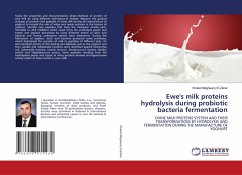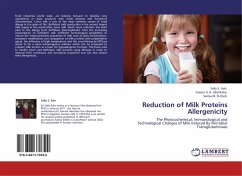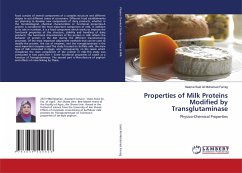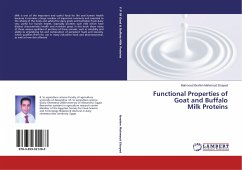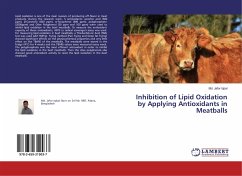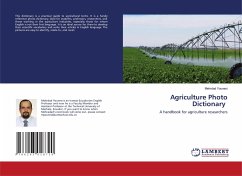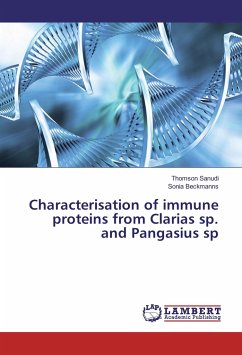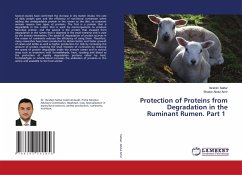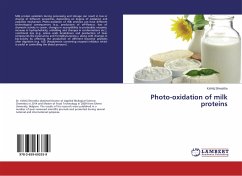
Photo-oxidation of milk proteins
Versandkostenfrei!
Versandfertig in 6-10 Tagen
24,99 €
inkl. MwSt.

PAYBACK Punkte
12 °P sammeln!
Milk protein oxidation during processing and storage can result in loss or change of different properties, depending on degree of oxidation and oxidative mechanism. Photo-oxidation of milk proteins can have different technological consequences (e.g. production of off-flavour, loss of chymosin activity in casein, changes in susceptibility to proteolytic enzymes, increase in hydrophobicity, unfolding and changes in conformations etc.), nutritional loss (e.g. amino acids breakdown and production of toxic compounds like kynerunine and formylkynurenine,), along with changes in bio-activity by affec...
Milk protein oxidation during processing and storage can result in loss or change of different properties, depending on degree of oxidation and oxidative mechanism. Photo-oxidation of milk proteins can have different technological consequences (e.g. production of off-flavour, loss of chymosin activity in casein, changes in susceptibility to proteolytic enzymes, increase in hydrophobicity, unfolding and changes in conformations etc.), nutritional loss (e.g. amino acids breakdown and production of toxic compounds like kynerunine and formylkynurenine,), along with changes in bio-activity by affecting the production of different bioactive peptides after digestion (e.g. ACE (Angiotensin converting enzyme) inhibitor which is useful in controlling the blood pressure).



